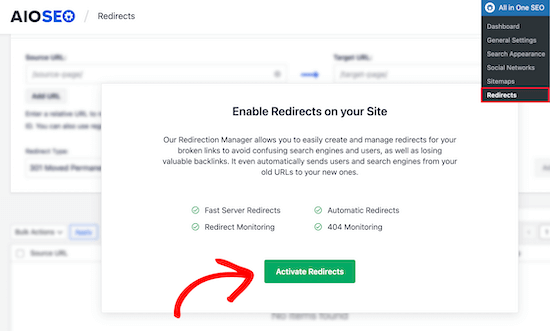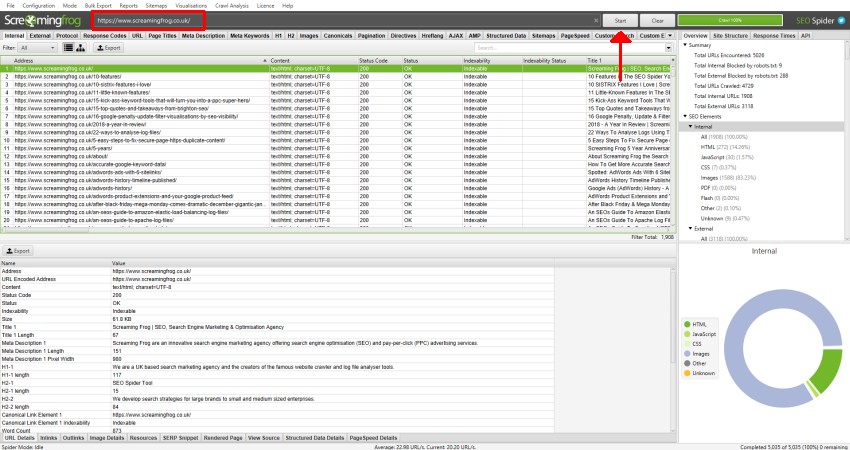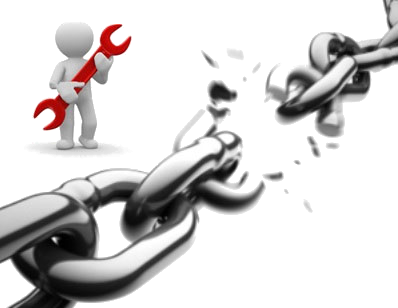

Restart Outlook clients, and they should be able to connect to the Exchange server. PS C:\> Restart-WebAppPool MSExchangeAutodiscoverAppPool Run PowerShell as administrator and run the following command. Do this on all the Exchange 2013 or Exchange 2016 servers! There will be no disruption when the MSExchangeAutodiscoverAppPool is restarting. Restart the Autodiscover Application Pool on the Exchange Server 2013 or Exchange Server 2016 servers. To resolve this issue, restart the MS Exchange Autodiscover Application Pool. What is the fix for Outlook not connecting to Exchange? Exchange Server 2010 responds with a 302 redirect back to Exchange Server 2013 or Exchange 2016. Why is it happening?Īfter the mailbox move completed to Exchange Server 2013 or Exchange 2016, it continues to proxy the autodiscover request to Exchange Server 2010. After restarting Outlook, the client remains disconnected. The user starts up Outlook to connect to Exchange Server. The migration of the mailbox was from Exchange Server 2010 to Exchange Server 2013 or Exchange Server 2016. What is happening? The user mailbox migration completes.

If you deleted the blog from the old location, these links to images are no longer valid and almost all of your posts will be littered with broken links like this: In my test example, I have two images in my post that have the “src” component set to “” instead of the correct one “”. Let’s say you use just migrated your blog to a new URL or folder.
FIX BROKEN LINKS AFTER SERVER MIGRATION HOW TO
Here’s how to fix broken image links in WordPress. What we need is a bulk method to replace all occurrences of a certain URL structure with another.

But if yours is an established blog or if you have a huge number of images, it’s not feasible to go through all of them one at a time. For a new blog this may not be a big deal if you can simply replace two or three URLs manually. But what about your images? If you don’t use an external CDN for them, the links to the old domain structure will remain embedded in your posts causing all of them to appear broken to whoever views the page. There are many guides on migrating your blog from one URL to another and specially between folders. For example, you might decide to give up a subdomain at in favor of /blog or vice versa.

You might move to a new domain entirely, or it may be an internal structure move. Fix Broken Image Links After a URL Change in WordPress Posted on June 25, 2014īlog URLs change for many reasons.


 0 kommentar(er)
0 kommentar(er)
